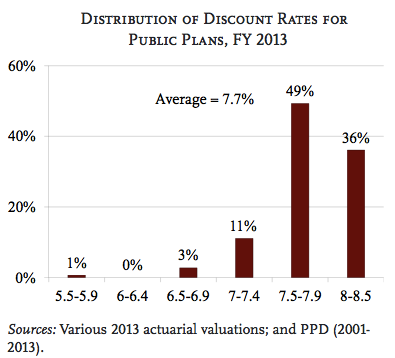Most of the news surrounding the San Diego County Employees Retirement Association (SDCERA) has been about the board’s decision to move on from its outsourced CIO, Salient Partners.
But also noteworthy are parts of SDCERA’s governance structure. At least one expert has raised concerns about the effectiveness of the fund’s “dual” reporting structure.
Dan McSwain of the San Diego Union-Tribune writes:
Structural woes were the main take-away from a parade of experts at a two-day workshop held last month by the system’s nine-member board of trustees.
[…]
One expert at the workshop, hired by the board to evaluate its governance, said the chief executive wasn’t clearly accountable for the fund’s investments. Indeed, the Houston-based chief investment officer appeared to report directly to the board.
This “dual structure” is found almost nowhere else. Instead, the CIO reports to the CEO, in a straight line of authority, at nearly every public or corporate pension fund in the world, not to mention insurance companies and private endowments.
Another expert said conflicts of interest were “inherent” in the county’s outsourced investment management structure. Yet another questioned the oversight of the retirement system’s outside lawyers, one of whom also reports directly to the board.
Still, the most obvious problem was the one nobody talked about, at least explicitly: Responsibility for this chronic buck-spreading lands squarely on White, the chief executive officer since 1996. If the county’s pension system has structural flaws, it’s hard to imagine how that’s not also a CEO problem.
Fund CEO Brian White defended the structure:
The outsourced CIO, Lee Partridge of Salient Partners, does in fact report to the CEO, White said, so the system already had the “linear” structure recommended by several governance experts.
“We’ve had a linear structure here, and I think what the board did Friday was confirm or reaffirm the linear structure,” he said, referring to the board’s vote on Nov. 21 to hire an internal CIO and have the position report directly to the chief executive.
White also said that, acting as investment strategist, Partridge was indeed supervising his own firm’s direct management of leveraged investments. But this wasn’t the “inherent” conflict of interest one expert asserted, because no money changed hands as additional fees, White said. Besides, the board of trustees endorsed the idea.
“I’m here to serve the board and support their decision,” he said. “That’s what they wanted.”
SDCERA manages $10.5 billion in assets.
Photo by Roland O’Daniel via Flickr CC License









